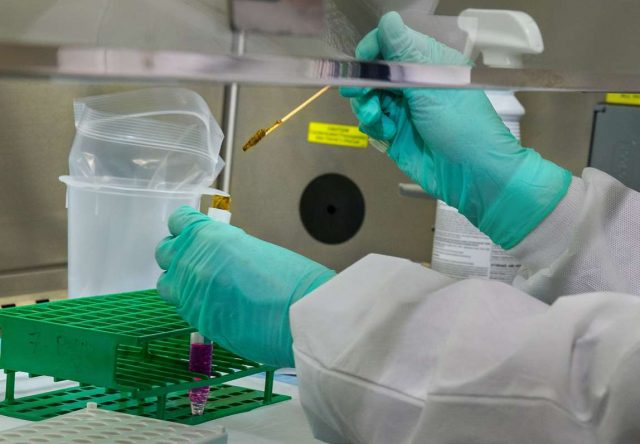As with many other opioids, the amount of time marijuana lingers in a person’s system varies. The amount of Tetrahydrocannabinol (THC) in marijuana, metabolism, and hydration can affect drug test results.
THC is often detectable in:
- hair for up to 90 days,
- urine for a month or longer,
- saliva for up to 48 hours, and
- blood for 36 hours.
Quitting might be difficult, but with the correct therapy, recovery is achievable.
Why do I require this examination?
This test may be required before you may get employed for a job. It may get ordered if you are displaying indicators of drug misuse. This test may also be given to you by your healthcare practitioner to track your substance abuse therapy and search for symptoms of relapse. Regular testing may aid in your recovery from drug addiction. This easy guide helps you to pass the drug test.
What do the results of my tests mean?
Test results may differ depending on age, gender, medical history, test technique, other factors. It’s conceivable that the results of your tests don’t suggest a problem.
A positive test might indicate current or previous marijuana usage. Nanograms per millilitre, or ng/mL, is the unit of measurement used in drug testing. If you use marijuana but get a negative test, your THC levels may be too low. The screening test is positive – a more sensitive confirmation test can get performed.
Urine testing can’t tell you exactly when you last consumed marijuana. It is since THC may linger in your system after you’ve finished consuming marijuana. For a casual user, THC can last up to ten days. If you use marijuana frequently, it lingers in your system for 2 to 4 weeks and more than a month if you take it more recurrent.
Difficulties in law:
There is no legal right for prospective workers to contest pre-employment drug tests. However, depending on labour law and local rules, individuals who are already employed may be allowed to dispute their employers’ drug testing programs in some circumstances. Avoid signing anything that gives your supervisor the authority to test you arbitrarily; mentioning your concerns strengthens your right to refuse a test. If you believe you get tested unfairly, you may have grounds for legal action.
How do drug tests for marijuana work?
Cannabis leaves traces of THC in your fat cells, which deposit in your circulation and can get detected by drug tests that look at your urine, hair, blood, or saliva.
Urine examination:
The most common urine test – is set to detect THC levels of 50ng/mL or higher in your system. It indicates that the test must detect – at least 50 nanograms of THC per millilitre of urine to be positive. This technique – testing is the simplest to overcome by using a detox drink or a detox kit to cleanse your system for the day or permanently.
Hair examination:
Another test that uses two tests to validate a positive result is this one. The first test is an enzyme-linked immunosorbent assay (ELISA), while the second test is a gas chromatography/mass spectrometry (GC/MS).
Blood tests:
Blood testing is the most accurate way to detect THC in your system if you’ve recently used cannabis. THC is detectable in your blood within seconds of smoking – certain roadside testing can be blood tests in specific conditions.
Swabs of the mouth:
Mouth swabs are becoming more common since they are easy to use and provide accurate information on consumption; nevertheless, they are only relevant for recent usage. As a result, law enforcement has embraced – the use of mouth swabs to determine if someone is driving while intoxicated.
- Meeting Facilitation: How to Make It Engaging - 10/15/2024
- What to Do After a Truck Accident: A Comprehensive Guide - 10/15/2024
- Choosing The Best Local Pet Care Providers: A How-To - 10/15/2024





